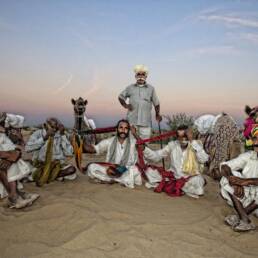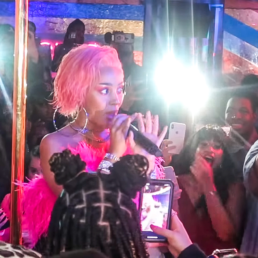How often have you heard that a humble Bangladeshi town has given its name to a famous liquor brand?
Beyond the Gin, the bottle also evokes a memory of a horrible tragedy that ignited Bangladesh’s war for liberation.
Every bottle tells a story.
In the 1830s, Bloomsbury’s Vine Street became the site of Charles Tanqueray’s first distillery. Charles’s son, who was 20 years old at the time of his father’s death in 1868, inherited the distillery and carried on his pioneering work.
They developed and launched a distinct, zesty gin in 2006 that quickly gained popularity among drinkers seeking a gin with a strong citrus flavour. The Rangpur Gin.
If the name intrigues you, it’s because the liquor’s main flavouring is a rare lime from Rangpur, Bangladesh – a city of history and heritage, located in the northwestern part of Bangladesh. However, it was not exactly a lime.
Rangpur lime is actually a type of hybrid mandarin orange that was first cultivated in Rangpur, but due to its highly acidic character and ability to be used as a substitute for limes, it has gained a reputation for being mistaken for lime.
The Rangpur lime originally couldn’t be cultivated outside of Sylhet’s climate and the hilly regions of Chittagong, but they were eventually introduced into Florida around the late 19th century by Reasoner Brothers of Oneco and quickly became popular.
However, this isn’t a story of Rangpur lime or the namesake Gin; rather, it’s the tale of a terrible tragedy that occurred on the streets of Rangpur, half a century ago. Gather around, because every bottle tells a story.
Flashback: 1971. Rangpur was a district of the East Pakistan Province then. The entire nation was poised to explode in protests and pro-liberation cries in response to Bangabandhu’s demand. Rangpur was no exception.
March 3, 1971: People from all walks of life, including young people, students, farmers, and labourers, as well as men and women from Rangpur, staged a massive protest procession, breaching curfews both in the city and beyond.
Numerous courageous Bengalis seeking independence marched through the streets in violation of the curfew. They chanted “Tomar Amar Thikana- Padma- Meghna- Jamuna.”
One of them was Shanku Samajdar. A 12-year-old boy.
Shanku was then barely a student of class 6, yet brave enough to join the non-cooperation movement rally along with his brother. As the boy was preparing to remove an Urdu signboard, a Pakistani Non-Bengali Sorforaz Khan fired from his home.
Shanku was shot in the head. At 9.30 am, en route to the hospital, he passed away from his wounds, becoming the nation’s first martyr. A corpse of a 12-year-old boy lying in wait ignited the war of liberation on the streets of Rangpur.
In addition to the role played by the entire nation in creating an independent, sovereign Bangladesh, Rangpur’s contribution—a struggling and frequently overlooked town—was crucial. The young martyr who kindled the fire of rebellion is hardly remembered beyond Rangpur today.
Although a suave bottle of Rangpur Gin has nothing to do with the bloody soil of Rangpur or the war of liberation that began there, could you share the story of Shanku Samajdar next time, over a glass of gin & tonic? Because it is important we pass on history that matters.
Source:
Shapon Chowdhury, Shaheed Shanku Day today, Bangladesh Post, https://bangladeshpost.net/posts/shaheed-shanku-day-today-80745
Tanqueray Rangpur Lime Distilled Gin, https://www.tanqueray.com/en-row/gins/tanqueray-rangpur-lime-distilled-gin
Florence Fabrican, The Rangpur, a Lime in Name Only, New York Times, https://www.nytimes.com/2011/02/23/dining/23limes.html
Image:
Rodrigo.Argenton, Citrus x limonia, CC BY-SA 4.0 from Wikimedia.
Ragib Rownak Shanti, Town Hall Rangpur, CC BY-SA 4.0 from Wikimedia
Shanku Samajdar, The Daily Star, https://www.thedailystar.net/country/rangpur-recalls-martyrdom-little-shanku-4991




